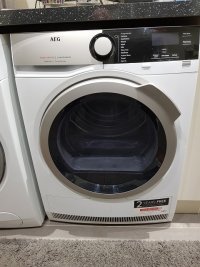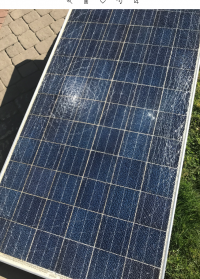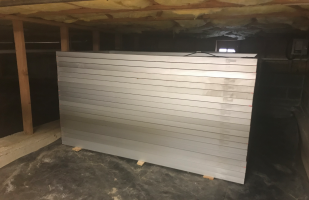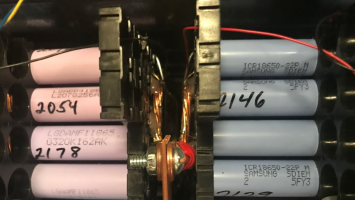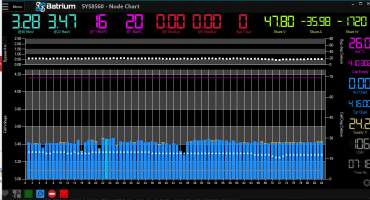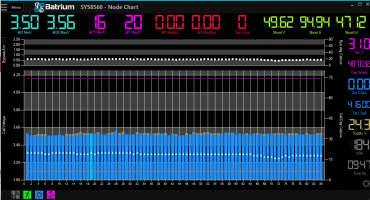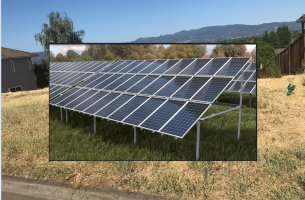OffGridInTheCity
Moderator
- Joined
- Dec 15, 2018
- Messages
- 2,714
The 16% loss is from the AIMS inverters - not the Midnite Classic Charge Controllers. The Midnites are in the top tier of MPPT efficiency as far as I understand. The existing arrays of 3s5p (285w) are of design to be near the max of the Midnite Classic 150s and the wiring I have in place. I don't believe I have significant loss of the incoming PV power.Yikes... I did not know the midnites were so crummy... Just thought of another idea... I know you just bought that pallet of used cells but I noticed that you have a ground mount setup. Why not update the panels on the ground mount with some 'newer' ones like 380-420w 72 cell? you might have to buy new/longer rails but it appears you have the ground clearance to get another row also in landscape orientation. Could be a 50% bump from what you have for that one array.
Different size panels / wattage is not a clear 'win' (other than space perhaps) in that there would be expense/ripple affects - to physical framework, possibly the wiring, etc.... space is not the main issue.
Side note - the picture (12 posts back) shows the size difference between my existing Mono crystalline (black) and the recent Poly crystalline (blue'ish) 'backup generator' panel sizes - they are both 285w. In addition the Poly(s) weight 20lbs more. I never really 'got it' until this week when I see them side by side - its a significant difference.
I'm attracted to SolArks because they 'more' EMP hardened. I'm attracted to MagnaSine because they advertise 96% inverter efficiency. Both systems are a lot more $ than AIMs inverters.
Last edited:



